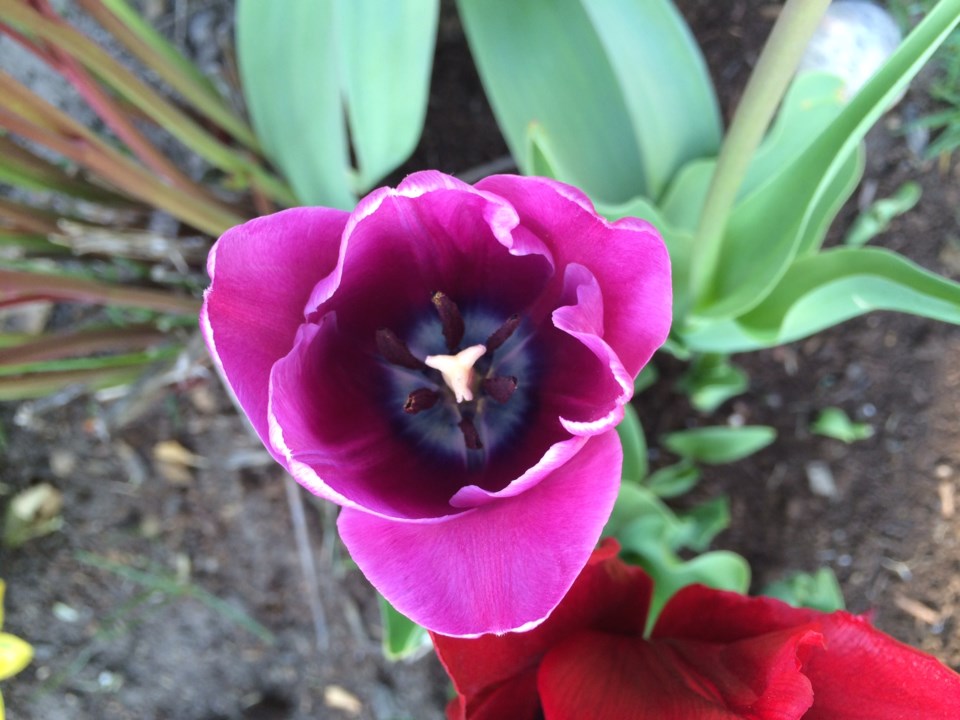You wouldn't know it by all the snow on the ground, but today is the first day of spring.
Winter, officially, is over, folk!
By tradition, the vernal equinox marks the transition point between summer and fall (for the fall equinox) and winter and spring (for the winter equinox).
But what is the equinox? Thankfully, Fraser Cain over at UniverseToday offers us a good explanation that non-astronomy types can actually understand.
Equinox literally means "equal night," which is really saying the day and night are of equal length on the day of the equinox. The equinox happened this morning at 6:30 a.m. in the northern hemisphere. For us, it means spring. For our neighbours south of the equator, it means fall has begun.
So, as Fraser Cain explains, the Earth actually has a 23-degree tilt to its axis. During spring and summer, the northern hemisphere is tilted toward the Sun as the planet orbits the our lovely yellow star. The tilt means we get more direct sunlight, longer days and the blessed warmth of summer.
When the vernal equinox rolls around in the fall (again, for those of us in the northern hemisphere), the Earth's axis tilt begins to switch, and the northern hemisphere tilts away from the sun. This brings us shorter days, less sunlight and the colder temperatures of winter.
Fun fact: if the Earth was not tilted and rotated perpendicularly to the plane of our orbit (that is to say, if the Earth was straight up and down, and never wavered), we wouldn't have any seasons at all.
So, while we may have a wet, snowy first day of spring, fear not — the Earth's axis has our backs, and longer days and warmer weather are just around the corner.
